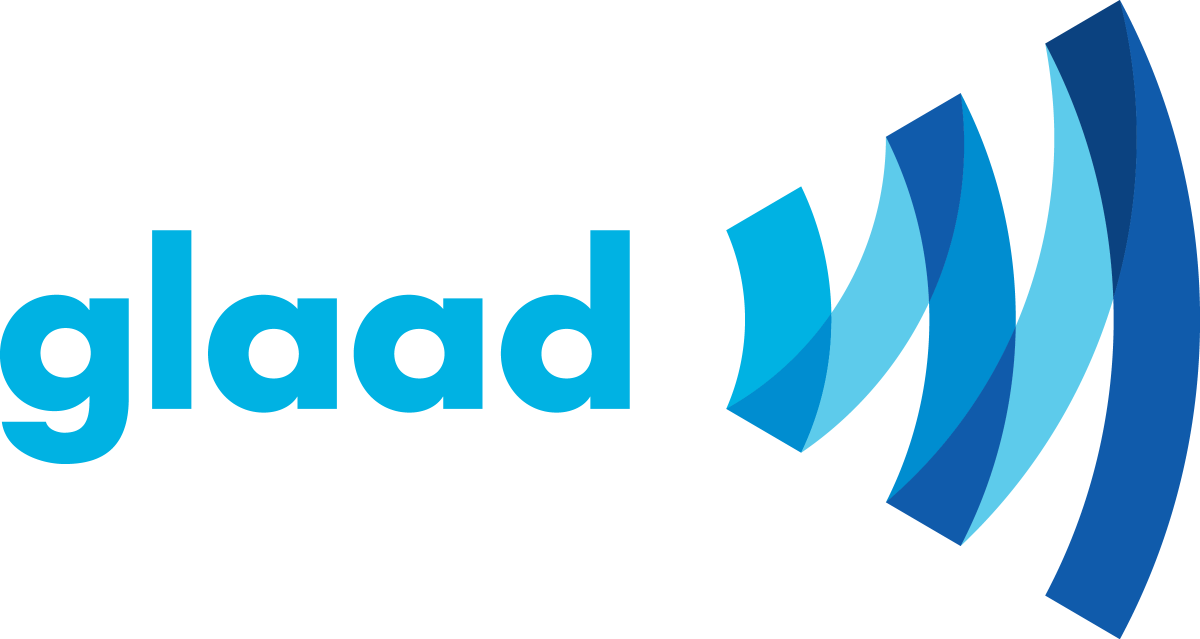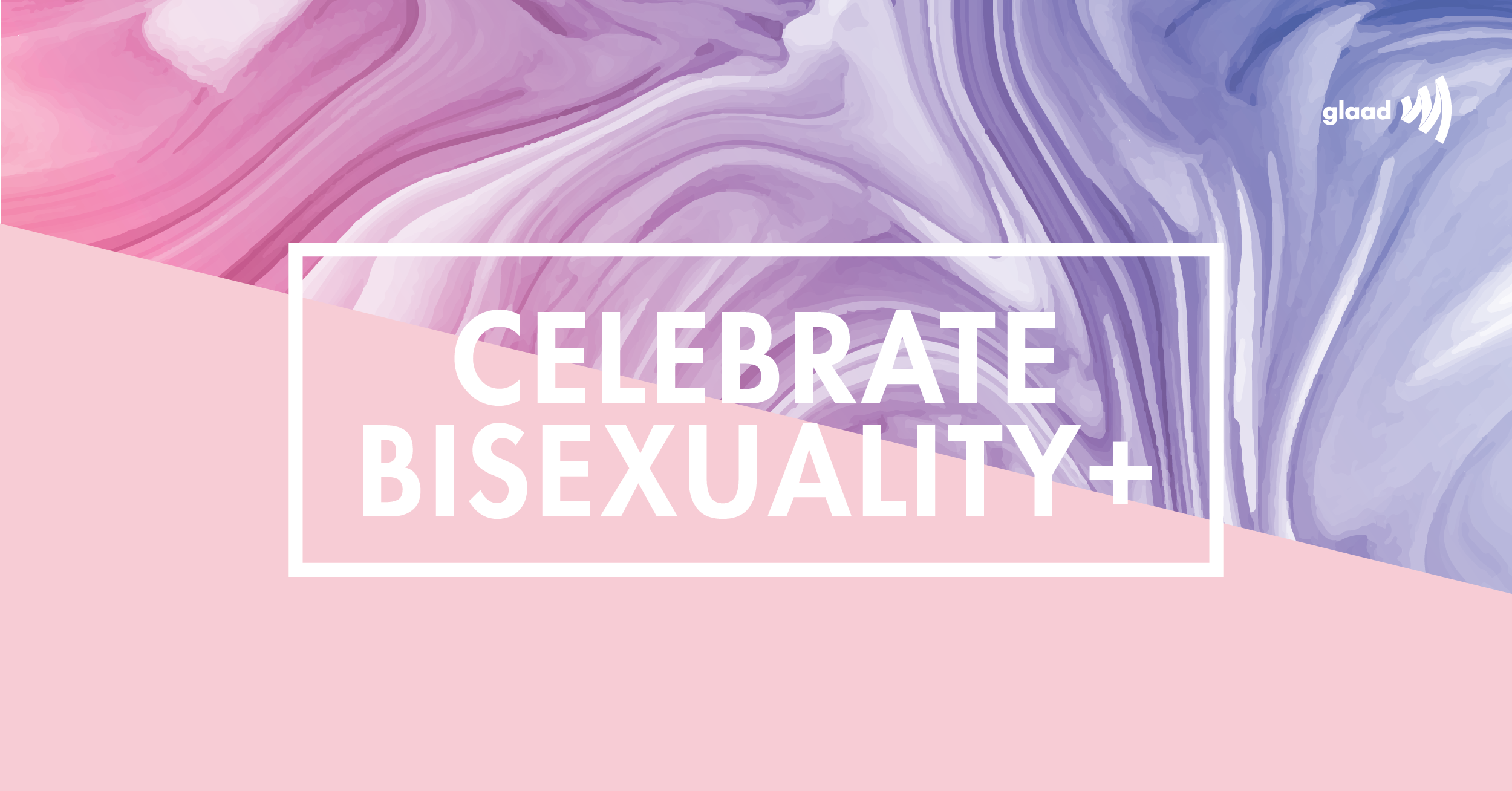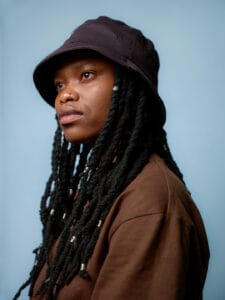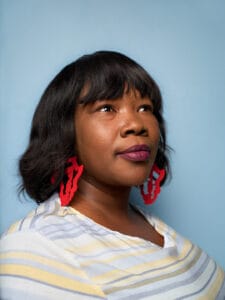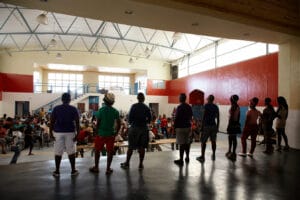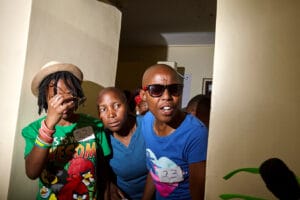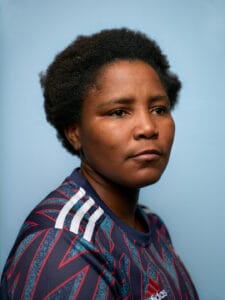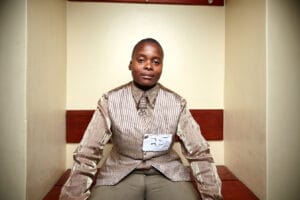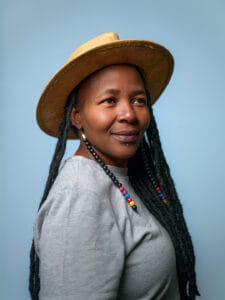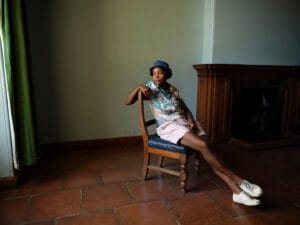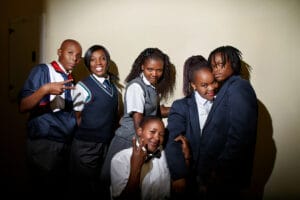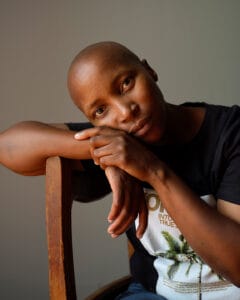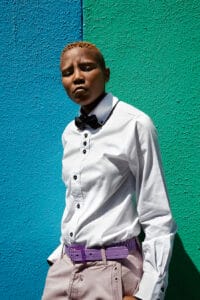What is bisexuality?
Leading bi advocate and author Robyn Ochs defines bisexuality as “the potential to be attracted – romantically and/or sexually – to people of more than one sex and/or gender, not necessarily at the same time, not necessarily in the same way, and not necessarily to the same degree.”
Some people who have the capacity to be attracted to people of any gender choose other words to describe their sexual orientation, such as bisexual, pansexual, polysexual, omnisexual, fluid, or queer. Some people prefer to avoid any label at all.
